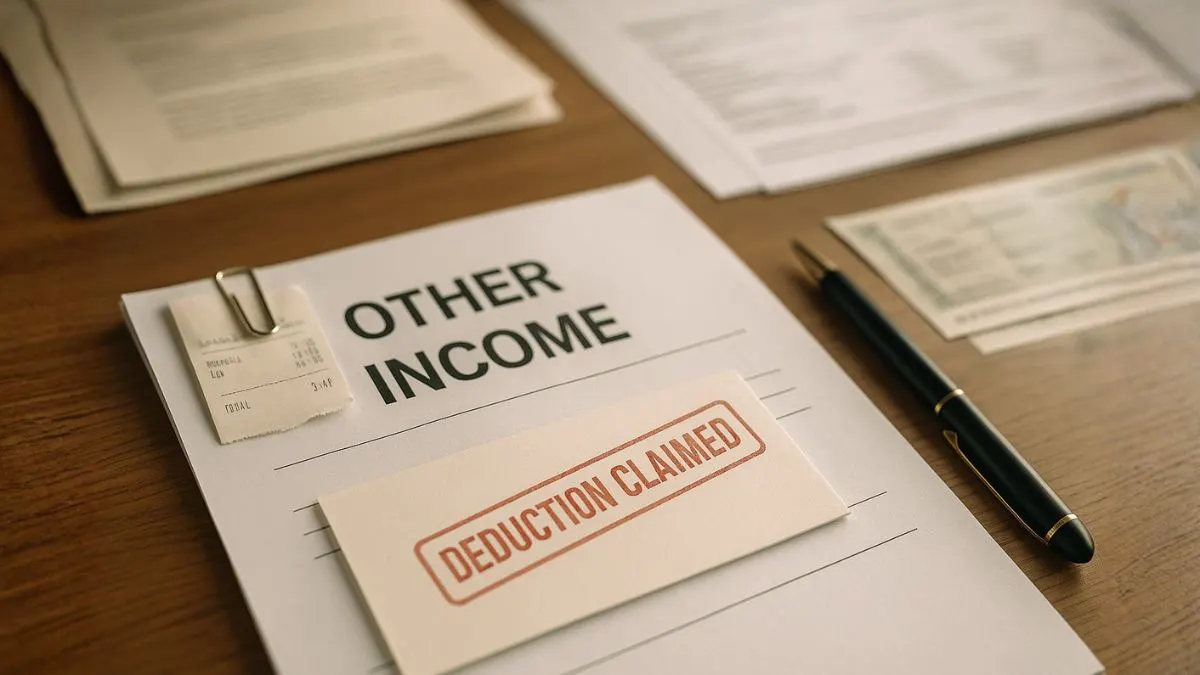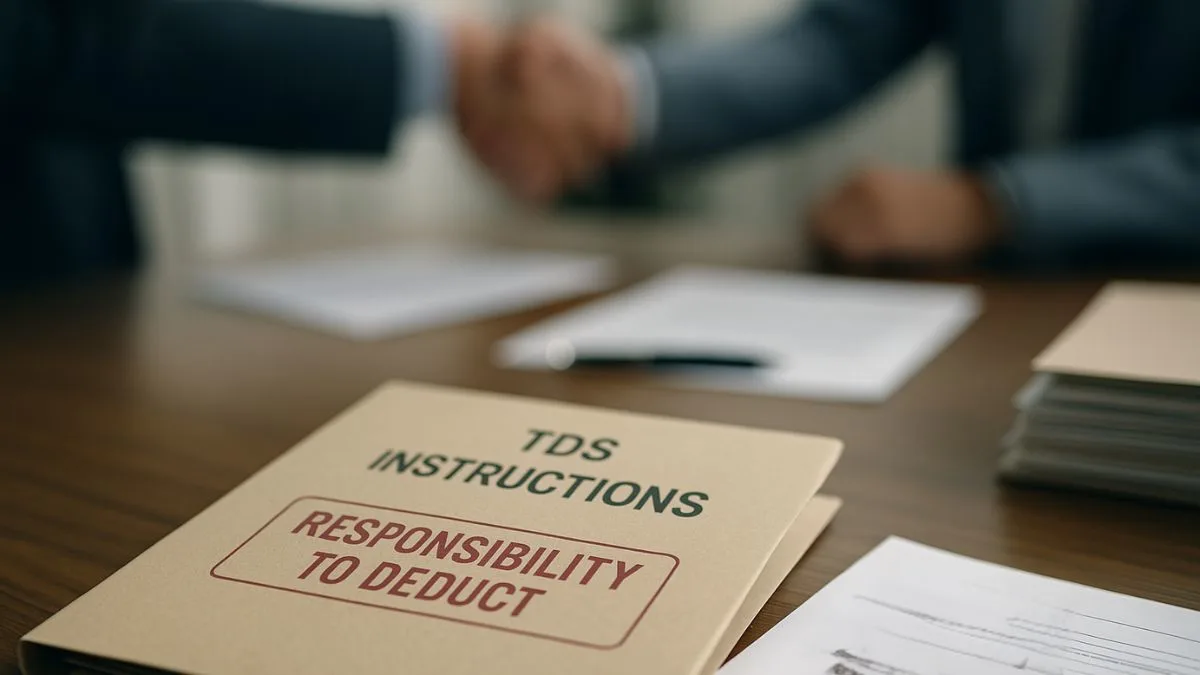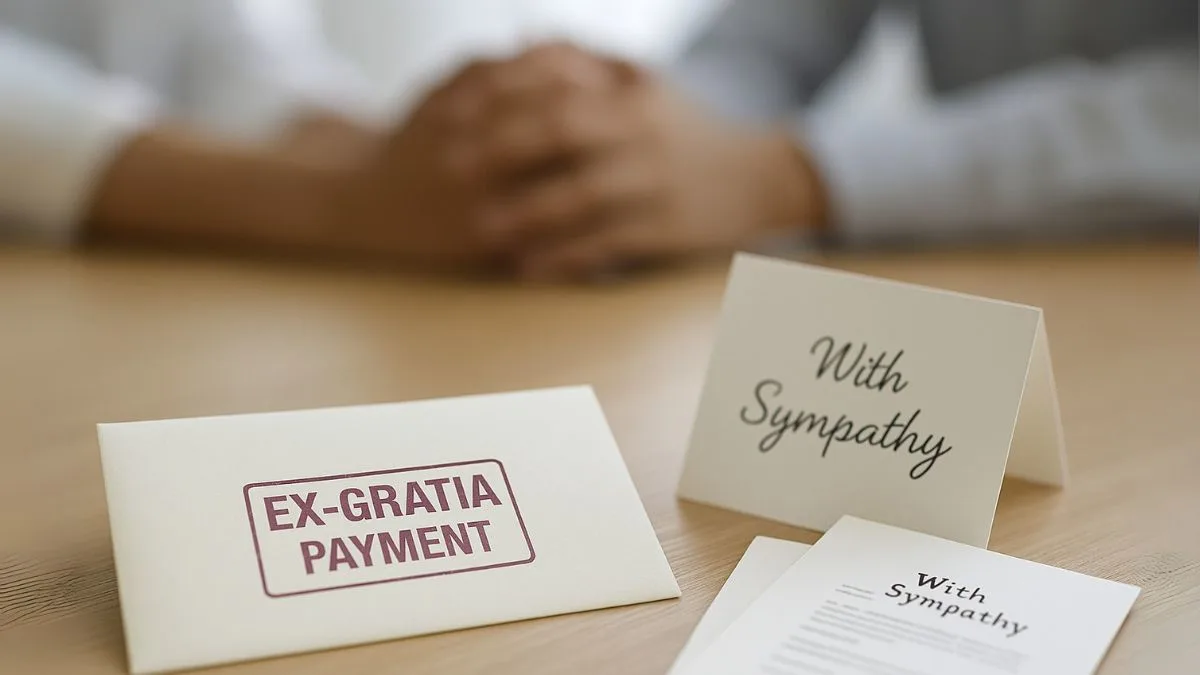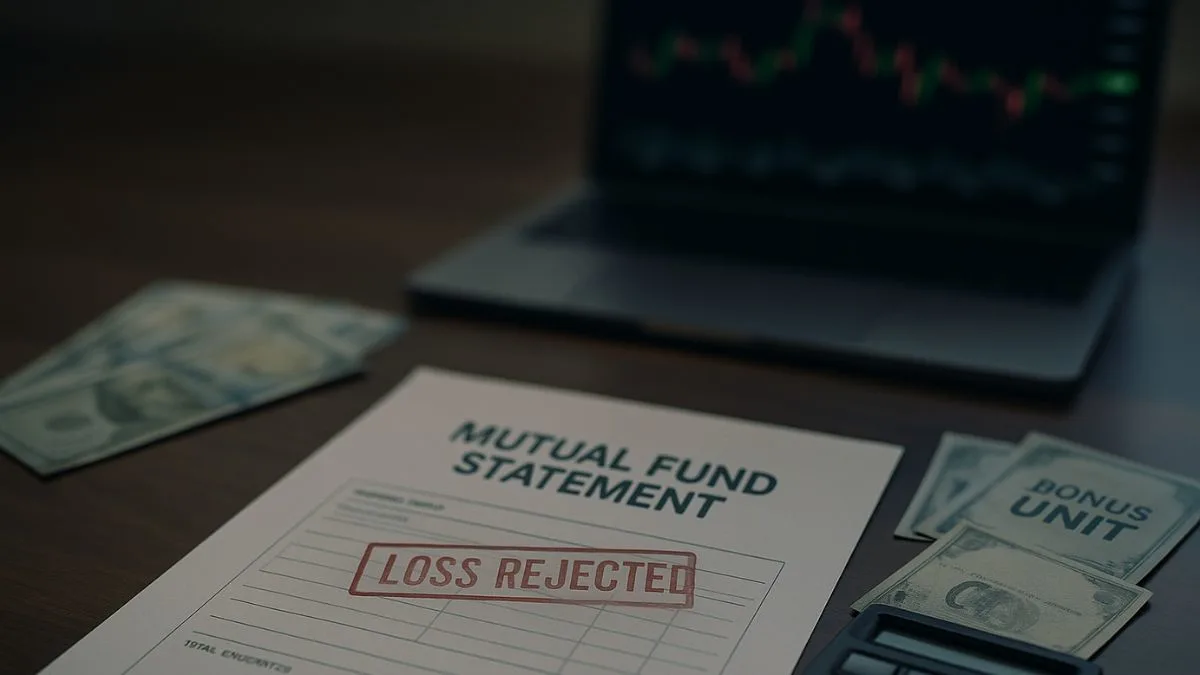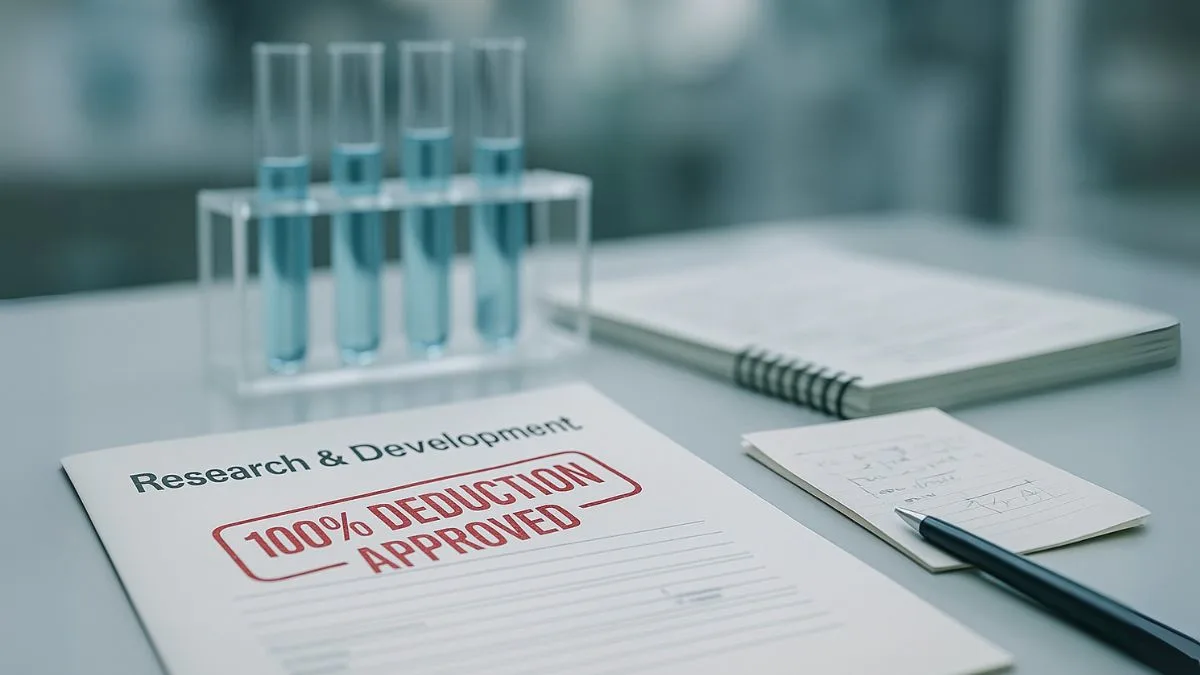
How Much HRA Can Be Claimed in India?
HRA Exemption Rules Explained for FY 2024–25 | Salaried Employees
House Rent Allowance (HRA) is one of the most valuable tax-saving tools for salaried employees in India. But many are confused about:
“How much HRA can I claim as an exemption under income tax?”
If you're living in a rented house and receiving HRA from your employer, you can claim partial or full exemption under Section 10(13A) of the Income Tax Act. Let’s understand the rules and formula used to calculate the exact amount you can claim.
✅ What is HRA?
HRA (House Rent Allowance) is a salary component paid by employers to employees to cover their rental expenses. It appears separately in your salary structure and is partially exempt from income tax, depending on your circumstances.
✅ Who Can Claim HRA?
You can claim HRA exemption if:
• You are a salaried individual receiving HRA as part of your salary
• You live in a rented house
• You are paying rent and can provide rent receipts
• Your employer is not already covering your full accommodation cost
💡 Note: Self-employed individuals cannot claim HRA, but can claim rent under Section 80GG (subject to limits).
🔢 How is HRA Exemption Calculated?
The exemption under Section 10(13A) is based on the least of the following three amounts:
1. Actual HRA received from employer
2. Rent paid – 10% of basic salary
3. 50% of salary (if living in a metro city like Delhi, Mumbai, Kolkata, or Chennai)
OR
40% of salary (if living in a non-metro city)
Here, salary includes basic DA (if part of retirement benefits).
🧮 Example: HRA Calculation
Let’s say:
• Basic salary = ₹50,000/month
• HRA received = ₹20,000/month
• Rent paid = ₹18,000/month
• Location = Delhi (metro city)
Step 1: Calculate the three values
- Actual HRA received annually = ₹20,000 × 12 = ₹2,40,000
- Rent paid – 10% of basic salary
= (₹18,000 × 12) – (10% of ₹50,000 × 12)
= ₹2,16,000 – ₹60,000 = ₹1,56,000 - 50% of basic salary = 50% of ₹6,00,000 = ₹3,00,000
✅ HRA Exemption = Lowest of the above three
➡️ ₹1,56,000 is exempt from tax
➡️ Remaining ₹84,000 (₹2,40,000 – ₹1,56,000) is taxable
🏙️ What If You Live in a Non-Metro City?
In that case, 40% of the basic salary is used in step 3.
For the same salary above in Jaipur:
• 40% of ₹6,00,000 = ₹2,40,000
• So the exemption would still be ₹1,56,000 (as it's the least)
📌 Documents Required to Claim HRA
To claim HRA in your income tax return or through your employer, keep:
• Rent receipts (especially if rent > ₹3,000/month)
• PAN of landlord (mandatory if rent > ₹1 lakh/year)
• Rental agreement (optional but recommended)
• Proof of payment, like UPI or bank transfer, is helpful
❗ Important Points to Note
• If you pay rent but don't receive HRA, you cannot claim an exemption under this section
• If living with parents and paying them rent, HRA can be claimed (with proper proof)
• HRA exemption is not available under the new tax regime
• You can still declare HRA while filing your ITR if it wasn’t claimed via the employer
✅ Final Thoughts
The amount of HRA that can be claimed depends on your actual rent paid, basic salary, HRA received, and city of residence.
Use the 3-rule formula to calculate your exemption, and keep documentation ready in case of scrutiny.
Visit callmyca.com for more!


